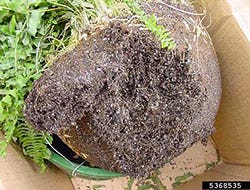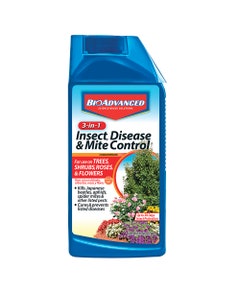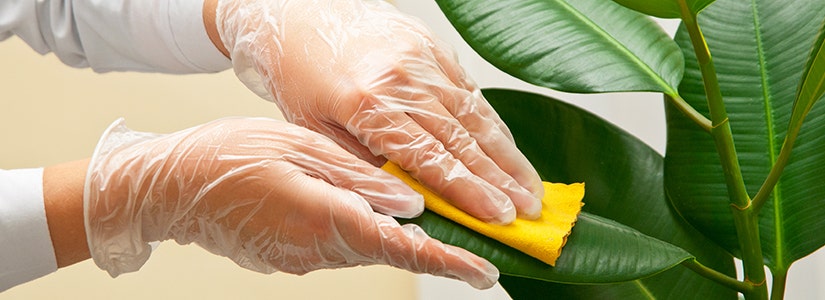

- Home
- Solution Center
- Learn
- Learn House Plants
- Signs of Disease in Common Houseplants
Signs of Disease in Common Houseplants
Just like people or pets, houseplants occasionally succumb to disease. In the worst case, disease can kill a plant. But many times, if you know what to look for, you can spot warning signs of an outbreak and act to defeat the disease.
Many common houseplant diseases operate in an opportunistic fashion, taking hold when plants are stressed due to unfavorable growing conditions. The single greatest thing you can do to prevent disease outbreaks is to provide a suitable growing environment. This means using proper soil, not crowding plants, avoiding drafts, and providing adequate temperature, humidity, light, water and drainage.
Disease Symptoms: What To Watch For
When disease attacks a plant, it's easily visible. Growth slows, stunts or becomes spindly; leaves may yellow, show white powdery blotches or develop spots. Affected leaves eventually drop. Stems may become soft and mushy, with black tissue visible near the soil.
Waterlogged soil – either from overwatering or compacted soil that lacks air pockets – causes roots to suffocate and die, trading their white tubular appearance for a spongy, blackened mess. Root problems usually surface as a plant that remains wilted, even though soil is adequately moist. Slip a plant you suspect is having root issues from its pot. Blackened roots and a sour or ammonia odor are sure signs the root system is unhealthy.
Common Diseases
Learn to recognize these symptoms of common diseases.

Gray Mold: Also called Botrytis; a fungal disease that can attack every part of a plant. Resembles fuzzy Gray Mold. To prevent, faithfully remove dead leaves or flowers from stems and soil, and provide adequate air circulation. Commonly attacks Begonia, African Violet and Cyclamen.

Powdery Mildew: White powder appears on leaves. Powdery Mildew doesn't kill plants, but greatly weakens them. Associated with poor air circulation.

Leaf Spot: Yellow, brown, black or water-soaked spots appear on leaves. When disease is severe, separate spots coalesce and kill the leaf. Also causes brown dusting on leaves and blooms. Frequently attacks Dracaena and Dieffenbachia. Associated with too-high temperature and humidity; also with poor air circulation.

Root Rot: Early symptoms are wilting and yellow leaves. In severe cases, the entire plant collapses. Associated with poor drainage and overwatering.

Viruses: These diseases manifest as distorted, streaked or mottled leaves, or by diminishing plant growth and flowering. Most viruses are incurable – and many are contagious. If you suspect a virus, isolate the affected plant and provide perfect care to rule out other diseases.
Dealing With Diseased Plants
Follow these steps to prevent disease development and spread.
- Isolate diseased plants.
- Wash hands between plants when working with different houseplants.
- Sterilize tools between plants with a solution of 1 part bleach to 9 parts water.
- Provide adequate water – don't overwater or underwater.
- Double-check light needs; adjust a plant's location accordingly.
- Avoid crowding plants. Ensure that air flows freely around plants. If necessary, use a small fan to improve airflow.
- Give up on the most diseased. Sometimes you'll need to toss plants you can't cure.














